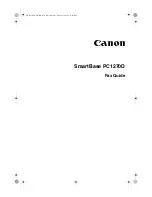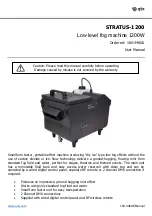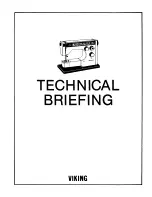
– 45 –
WARNING :
Turn OFF the power before starting the work so as to prevent accidents caused by abrupt start of the sewing machine.
Trouble
Cause (1)
Cause (2)
Checking order and adjusting procedure
1. Needle thread breakage
1-1)
Threading
1-A)
The thread is entangled with the thread
guide, or the machine head has been
incorrectly threaded.
Refer to the threading diagram.
1-2)
Thread path
2-A)
Scratches, burrs or rust on the pawls or
needle holes of the throat plate, stitch
tongue, lower looper, double chain loop-
er, needle thread take-up, needle thread
presser spring, thread guide, or tension
discs causes friction.
Remove such scratches, burrs, etc. and perform
thread path finishing. Replace major components
such as looper, which have been deformed, caus-
ing thread breakage.
1-3)
Needle guard
3-A)
The needle hits the needle guard in-
tensely, and sharp edges are produced
on them, causing thread breakage.
Replace the needle and needle guard if they have
worn,
1-4)
Needle
4-A)
The needle is too thin for the thread.
Replace the needle by a proper one.
1-5)
Needle heat
5-A)
The needle gets very hot, depending on
the type of materials, number of plies
and sewing speed, and causes the
thread to burn and break.
Use a thinner needle. Reduce the sewing speed.
Use the needle cooler. Use an S-point needle or
needle for synthetic thread.
1-6)
Thread
6-A)
The thread is weak because of its poor
quality.
Replace the thread by one with good quality.
1-7)
Thread tension
7-A)
The thread tension is too high.
Reduce the thread tension. Check whether the
needle thread take-up guide and needle thread
guide are positioned too high, causing such ex-
cessive thread tension.
1-8)
Contact
8-A)
The double chain looper or lower looper
has been improperly positioned and
strikes the feed dog or throat plate.
Properly position the double chain looper or lower
looper.
1-9)
Double thread hook-
ing (only for double
chainstitch)
9-A)
Poor drawing up of the needle thread
causes the looper to catch it again.
Increase the needle thread tension. Properly posi-
tion the thread cam. Properly position the double
chainstitch thread guide.
To the next page
8. Troubles and corrective measures
















































